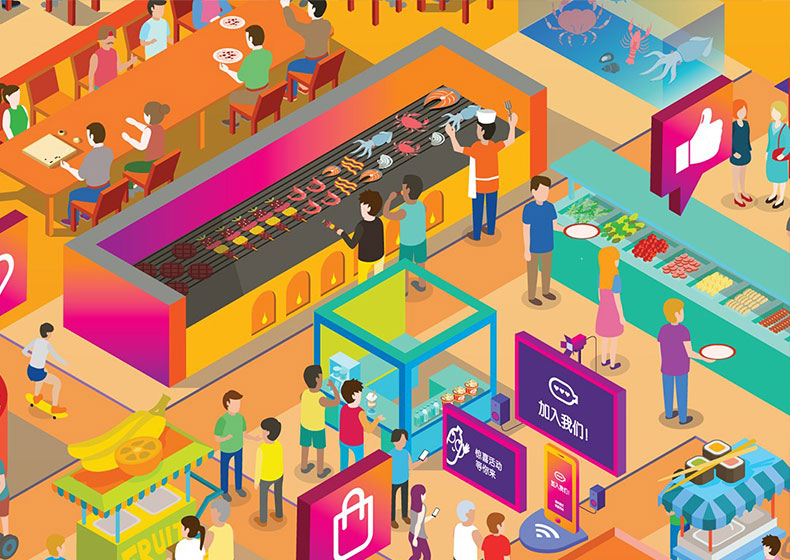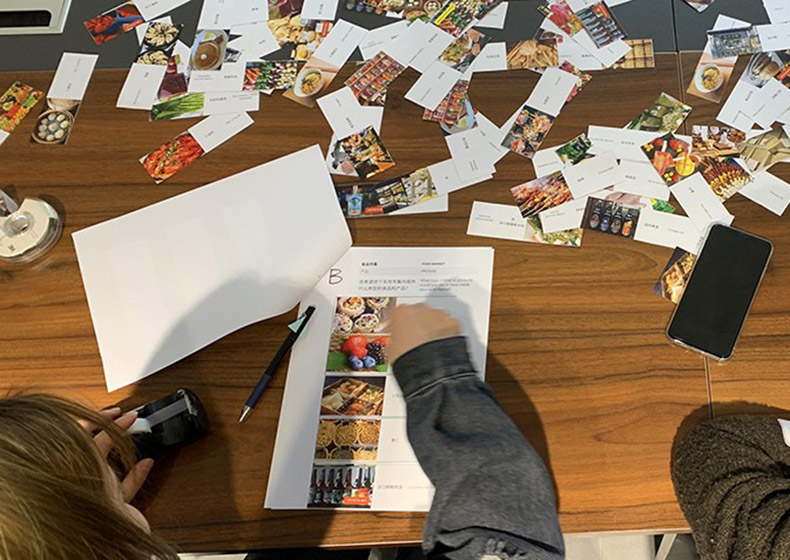Never before has China had a greater need for effective and sustainable design. China’s massive surge in urbanisation over the last 30 years, fuelled by foreign and private sector investment, has transformed much of China’s dilapidated districts into modern retail centres, Soho work spaces, transportation hubs and new residential communities. But the property market is evidently slowing and attention is now turning towards how to sustain long-term growth for property assets. With ‘quality lifestyle’ emerging as the ‘new normal’ in China, only the most compelling brand stories and placemaking solutions can survive in this competitive market.
Making ‘places’ not just developments
At JWDK, we have identified the importance of defining ‘places’ as brands. This goes well beyond a joyful logo or giant panda suspended from the facade of a shopping mall. A more creative and holistic approach is now required, not just to build a brand story, but to position the needs of the end-user at the front and centre of the property masterplan. An attitude of ‘placemaking’ is now essential as China seeks to improve quality of urban life. Placemaking methods endorse collaborative participation from end-users — a concept not yet fully embraced in China.

How to better connect with Chinese communities
The ubiquity of Wechat in China offers an effective pathway for delivering, not only your brand story, but in obtaining a high quantity of data and rich feedback from consumers. In high-density cities such as Shanghai, a single project may be within close proximity of over 600,000 residents, therefore digital out-reach and brand building early on in the planning stage is fundamentally important. Wechat also provides convenience in retaining dialogue with communities as it grows resulting in a stronger emotional connection to your brand and better long-term loyalty.
Discovering the ‘why?’
Focus group sessions may seem old school but is still the optimum way to gain depth in understanding ‘why’ customers do what they do and like what they like. In the west, focus groups are typically verbal and assume all that community participants will freely express their opinions. Chinese people, however, respond better when using visual tools as a way to deflect the awkwardness of expressing opinions in front of others. Flash cards, drawings or even VR experiences allow Chinese people to talk more openly about how they feel and has proven to be the golden key on a number of projects we have delivered. Engaging with end-user cohorts opens up new ideas, brings relevance to the project and often sparks brand design ideas too.

Create a brand, not mall
It’s not enough to simply ‘be a mall’ in China. In this experience-led economy, consumers expect to be engaged continuously both on- and offline — especially in retail spaces. They are no longer just the passive observer, and now have the means to advocate or sink your brand. The frequency of their visit, or how long they choose to stay is determined not just by the cool architecture or fancy seating, but by the holistic experience from branding and marketing right through to how clean the toilets might be. Despite the impressive modernisation of China’s cities, the journey of placemaking has only just begun.